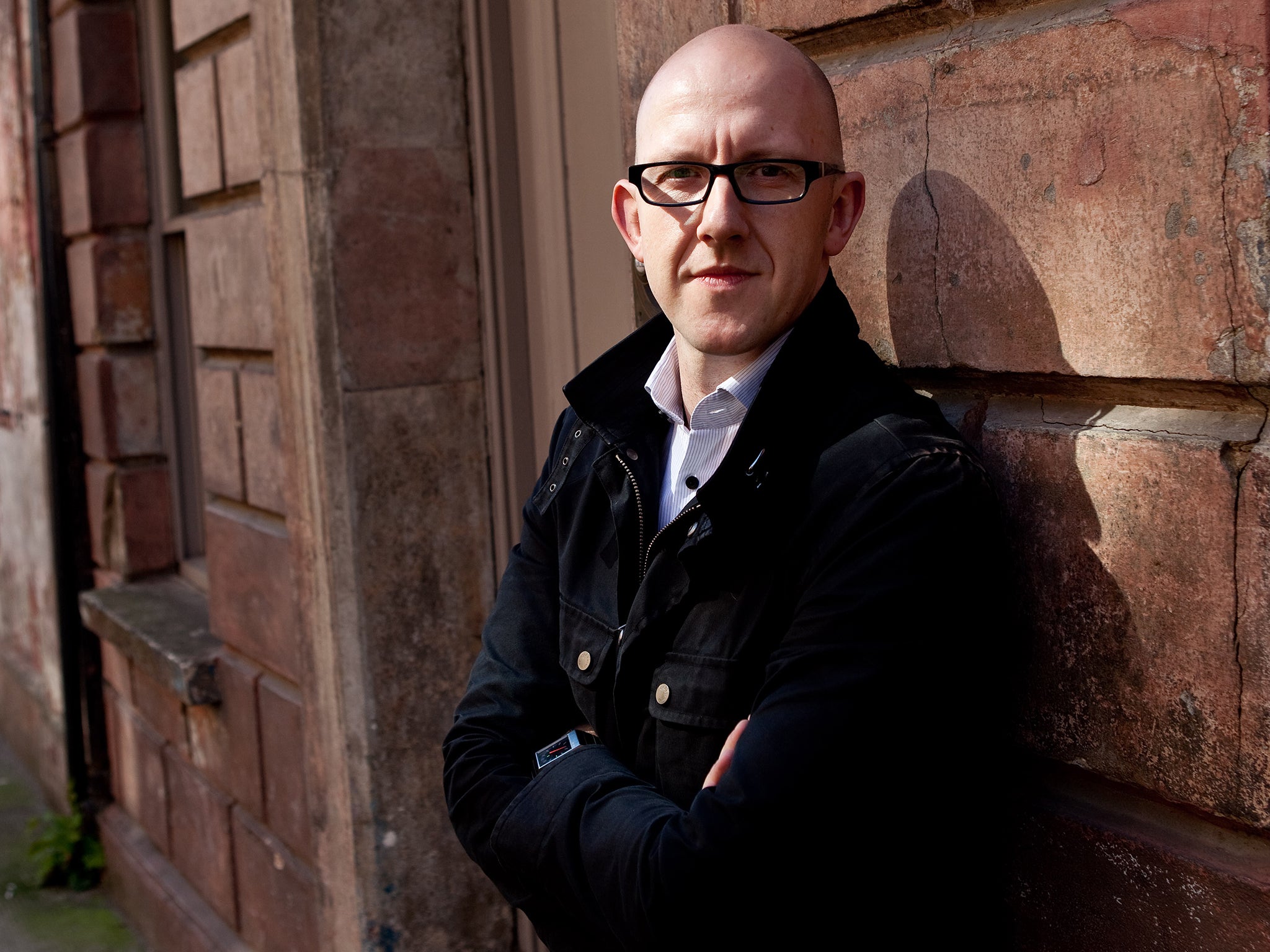Second Life by S J Watson, book review: Not a great page-turner... but pass the popcorn
If, as seems likely, Second Life is turned into a film, it is hard to imagine it as anything other than one of those erotic thrillers of the 1990s

Before I Go to Sleep, S J Watson’s debut novel from 2011, won high-profile awards, was translated into more than 40 languages, sold more than four million copies and was made into a Hollywood film starring Nicole Kidman. How, then, do you go about following up a bona fide literary sensation? The optimistically titled Second Life aims to answer that question and is, in some ways, a thriller which resembles its mega-successful predecessor.
For a start, the protagonist is again a married woman of a certain age, whose past life comes to us in controlled and revealing fragments and who is trying to move forward from a terrible event – in this case the murder of her younger sister, Kate, in Paris. When the police investigation falters, Julia discovers that her sibling had been using a website to meet men; so she creates her own online persona with the intention of finding out if anyone knows anything about her sister’s death.
Pretty quickly, of course, Julia’s online dalliances turn sinister and she begins a real-life affair with a man she knows as Lukas. And then things take a turn for the Fifty Shades. As Julia and Lukas’s relationship gets more and more creepy and you find yourself screaming “Go to the police”, she veers between thinking she is in love and thinking that Lukas knows more than he is letting on about Kate’s murder.
It is an exciting premise that taps into the question of how much we know about people we meet online but, throughout, there is a nagging suspicion that Second Life has been written with the film adaptation in mind. Watson even, helpfully, provides art direction at one key point: “My head begins to spin …. Then a moment later everything begins to recede as if disappearing down a tunnel.”
There are other problems, too, not least the odd continuity error such as this one early on: “I try to be as good a mother as I can, yet sometimes it doesn’t come easily,” Julia says, only for us to find out a page or two later that she and her son have always “been so close, more like friends than mother and child”.
Such errors are not crucial to the plot, but for a book that is so much about our relationship with computers, referring to someone’s Facebook friends as “followers”, as Watson does in the thick of the action, is unforgivable. As for the book’s two major twists, all I will say is that the first is entirely predictable while the second is entirely preposterous.
If, as seems likely, Second Life is turned into a film, it is hard to imagine it as anything other than one of those erotic thrillers of the 1990s, starring whoever today’s equivalents of Michael Douglas and Sharon Stone are. Because for all its fascination with technology, Second Life feels strangely dated. It is not a bad thriller by any means – but it is simply efficient, not a literary sensation.
Join our commenting forum
Join thought-provoking conversations, follow other Independent readers and see their replies
Comments